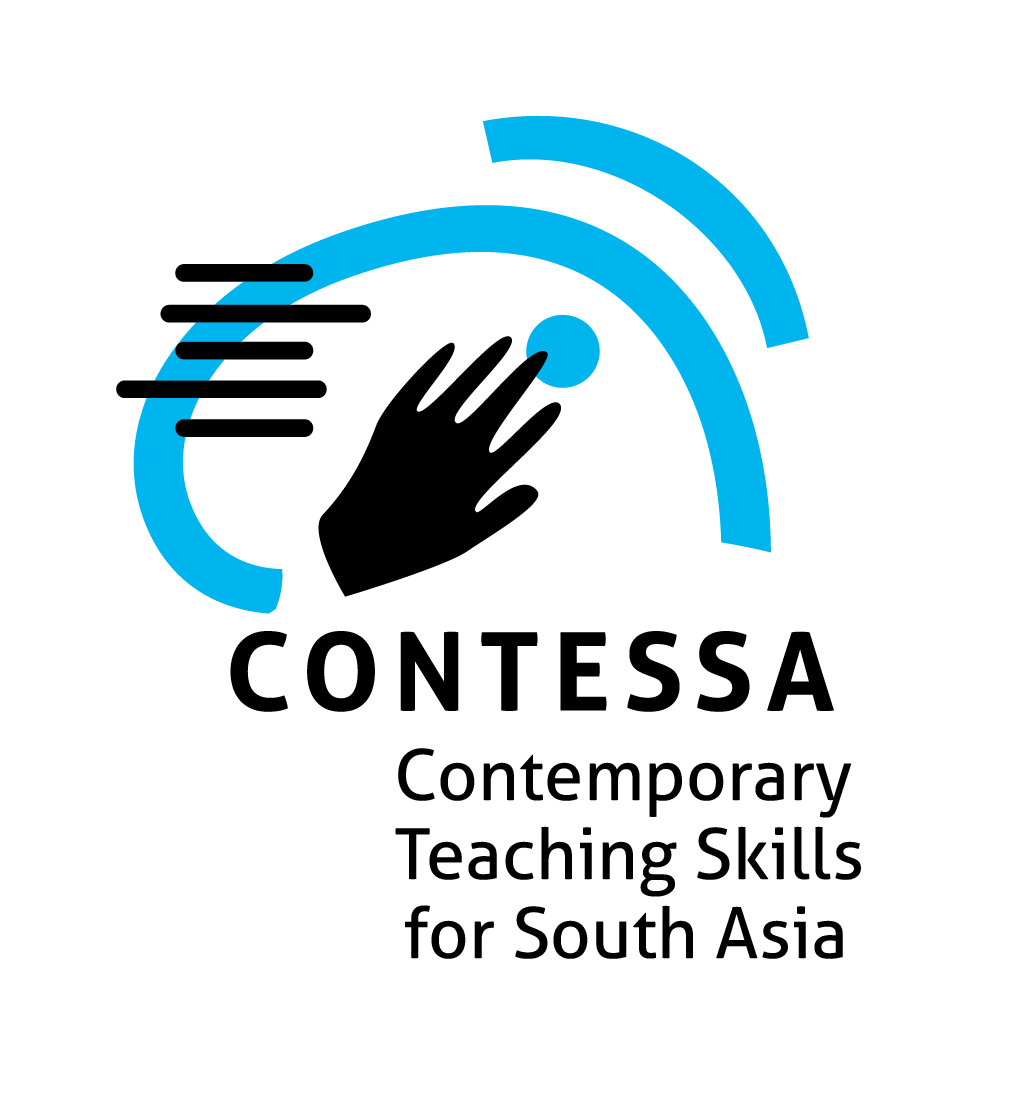Education Today
Cambodia has made great progress in educating its children. Since 2007, the number of children enrolled in preschool programs has more than doubled and the number enrolled in primary education has increased from 82% in 1997 to over 97% in 2017.
Education in Cambodia is controlled by the state through the Ministry of Education at the national level and by the Department of Education at the provincial level. The Cambodian education system includes pre-school, primary school, general secondary school, tertiary education and vocational education.
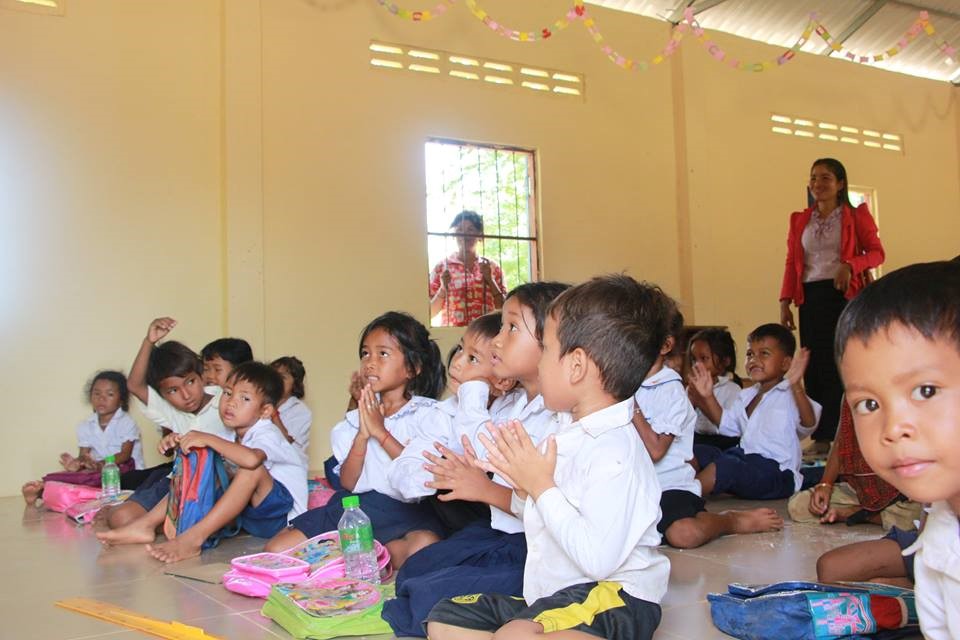
Primary school pupils in Cambodia. ©contessa
Primary Education
In 2017, there were 7,144 primary schools across the country and an additional ninety-six primary schools for disadvantaged students. In the same period, 46,149 staff members taught 2,022,061 primary school children. Primary education commonly starts at age six and lasts six years.
Since 1993, primary schools in Cambodia have been organized in clusters; each cluster includes a core school, several so-called satellite schools and, in some cases, additional annex schools which are also part of this system. Each cluster commonly spans six to seven schools (excluding annex schools). The idea of this policy is to improve school quality by sharing financial and management resources as well as experience with managing schools by networking and initiating professional discussions among staff and teachers. The Ministry of Education defines cluster schools as “an effective working mechanism to provide direct support for the community in order to promote educational access for children.”
Based on these dimensions, the Ministry of Education has initiated numerous activities aimed at improving educational quality in a holistic way. Moreover, some of them directly aim at improving the quality of teaching and learning, which includes student-centered teaching, attractive classroom environments, support of slow learners and school libraries. Unfortunately, even with these initiatives, several studies indicate that the teaching praxis is still often primarily focused on frontal teaching and memorization.
With respect to the curriculum, primary education covers basic skills in literacy and numeracy as well as arts. The language of instruction in primary education is Khmer with some foreign language teaching (mostly English) starting from grade five.
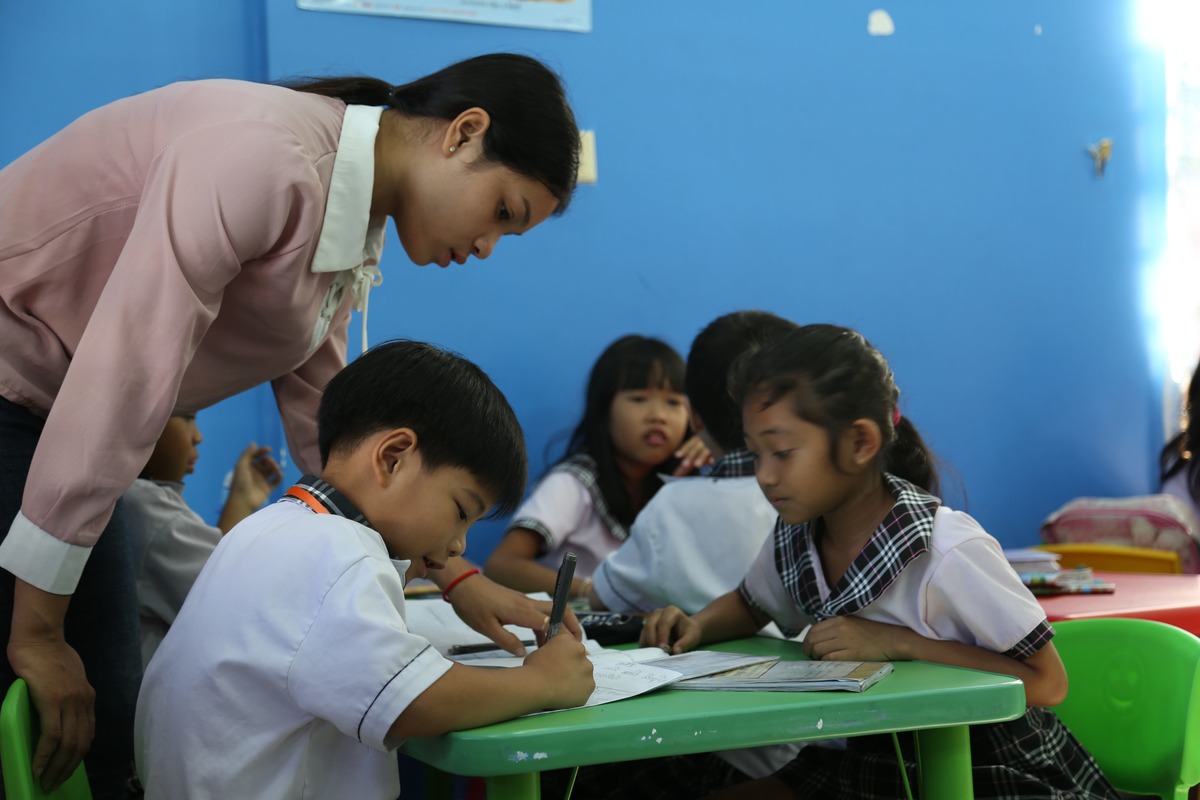
Primary school in Cambodia. ©contessa
General Secondary Education and Beyond
After finishing primary school, students move on to three years of compulsory lower secondary education. Students then have the option of continuing to upper secondary education or of entering secondary-level vocational training programs offered by the Ministry of Labor and Vocational Training. After completing upper secondary education, students must take a national high school exam. In 2019, approximately 68% of students passed. Students who pass the exam can enroll in two-year associate degree programs, four-year bachelor’s degree programs and seven-year medical degree programs at university. However, enrollment numbers into tertiary education are low with only 13% of students entering the university system. All students also have the opportunity to enroll in vocational training programs or associate degrees.
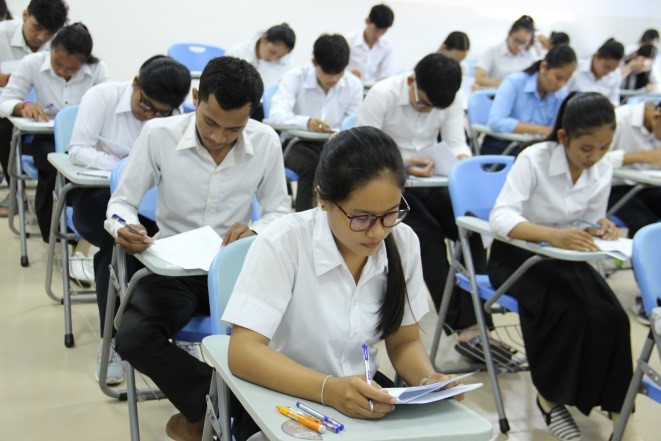
Students in Cambodia. ©contessa
Gender Parity
Gender parity in enrollment has been achieved at primary and secondary levels, and progress has been made in tertiary education; the proportion of female students has steadily increased from 33.8% in 2008 to approximately 50% percent in 2017. Gaps also remain between regions and age groups. Females in rural areas, particularly girls from ethnic minorities, are generally more disadvantaged than others, except at lower secondary levels where the net attendance rate for boys (27 %) is lower than for girls (33%).
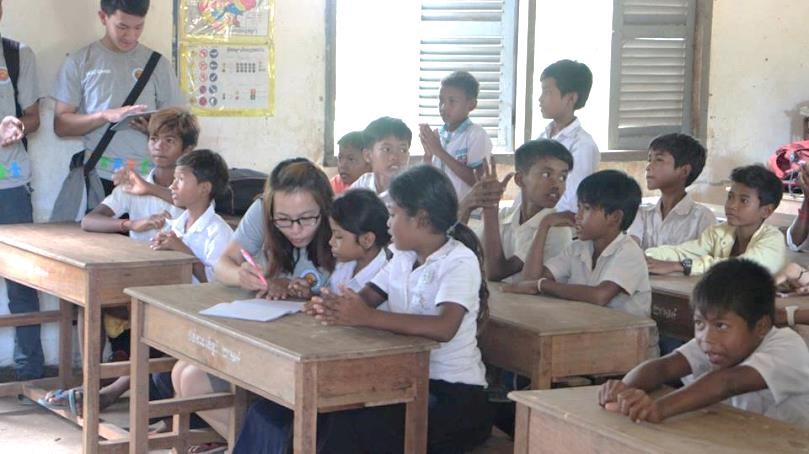
Pupils in the primary class in Cambodia. ©contessa

